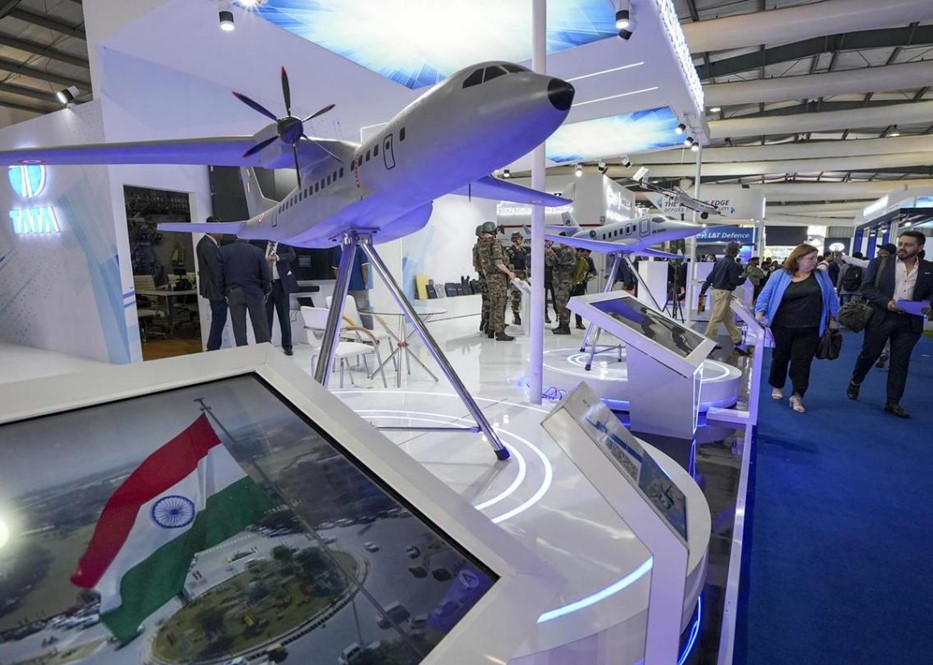By Mr. Jawad Benstaali & Ms. Veechika Shetty
It finally happened…

Many doubted, me included, that NASA’s “big moon rocket” would actually take off on November the 16th. Yet, at 1:47 AM Eastern Time, the Space Launch System lit its four RS-25 engines and two side boosters to free 8 million pounds of thrust* to propel itself and the Orion spacecraft to orbit.
A lot of pressure rests on the success of this mission: it is the first of the Artemis Program which aims at returning humans to the moon and moreover, the development cost of this program is at the center of much criticism especially from within the space community.
Indeed, the cost of this very flight has been estimated at around $4 Billion dollars* of taxpayer money. Even though for some the cost is justified for such an endeavor, many criticize this spending and the problems in project management that it highlights.
Yes, the Artemis Program aims to build a sustainable base on the moon, yes that takes time and money and yes it led to the development of the most powerful rocket to ever fly to space since the Saturn V rocket that first took humans to the moon in 1969. But does that truly justify the much costly delays we’ve seen with the development of SLS?
If we take a look at the initial plan for NASA’s moon rocket, it was to be designed from legacy technology (i.e already flight-proven hardware). The side boosters are mostly similar to those used by the Space Shuttle but longer, same story for the core stage, the four RS-25 were literally designed for the shuttle initially. Taking that into consideration, it is difficult to grasp that the SLS was initially supposed to launch back in 2017.
In the end, it all comes down to the politics of this kind of projects. In fact, many mocked the program calling the SLS the “Senate Launch System” because of politicians defending the delays and the use of cost-plus contracts for the jobs they create in their district and their links to the companies involved. As New Space companies are now developing even more powerful and much cheaper launch vehicles, one could question the relevance of this kind of publicly founded super-projects.
Sources:
https://en.wikipedia.org/wiki/Space_Launch_System
https://arstechnica.com/science/2021/03/nasa-has-begun-a-study-of-the-sls-rockets-affordability/
Airbus and Tata

A new manufacturing facility for C-295 transport aircraft by Tata Advanced Systems Limited (TASL) in consortium with and technology transfer from Airbus will be set up at Vadodara,India.
The 56 C-295 aircraft contracted will replace the legacy Avro aircraft in service with the Indian Air Force (IAF).This is the start of an entire ecosystem for the aviation sector in India. This facility will act as regional Maintenance, Repair and Overhaul (MRO) hub for all C-295
The first 16 fly-away aircraft are scheduled to be received between September 2023 and August 2025. The first Made in India aircraft is expected from September 2026 and completed by 2031 at the rate of eight aircraft per year.”
In future this facility will also be manufacturing additional aircraft as per requirements of IAF and also export.
The signed ₹21,935 crore deal with Airbus Defence and Space, Spain for the procurement of 56 C-295MW aircraft. This is the first project of its kind in which a military aircraft will be manufactured in India under technology transfer by the private sector.The C-295 has very good fuel efficiency and can take off and land unprepared as well as short runways,
The C295 is an aircraft of 5-10 tonne capacity used for tactical transport of up to 71 passengers or 50 paratroopers, and for logistic operations to locations that are not accessible to current heavier aircraft and has a proven capability of operating from short or unprepared airstrips.
The project offers a unique opportunity for the Indian private sector to enter into technology intensive and highly competitive aviation industry, it will augment domestic aviation manufacturing resulting in reduced import dependence and expected increase in exports.
“Also, 96% of the total man-hour work per aircraft that Airbus employs at its manufacturing facility in Spain will be undertaken in India by the TATA Consortium.Manufacturing of over 13,400 Detail Parts, 4,600 sub-assemblies, and all the seven major component assemblies will be undertaken in India, along with tools, jigs and testers.
All 56 aircraft will be fitted with an Electronic Warfare suite supplied by Bharat Electronics Limited and Bharat Dynamics Limited. The aircraft will be tested as an integrated system by the Tata Consortium and will be flight tested and delivered through a Delivery Centre at the Tata Consortium facility. After completion of the delivery of 56 aircraft to IAF, Airbus Defence & Space will be allowed to sell the aircraft manufactured in India to civil operators and export to countries that are cleared by the Government of India.
Employment generation
The consortium has identified more than 125 in-country Micro, Small, and Medium Enterprises (MSME) suppliers spread over seven states. This will act as a catalyst in employment generation in the aerospace ecosystem of the country and is expected to generate 600 highly skilled jobs directly, over 3,000 indirect jobs, and an additional 3,000 medium-skill employment opportunities with more than 42.5 lakh man-hours of work within the aerospace and defence sector of India. Nearly 240 engineers will be trained at Airbus facility in Spain.
Source:






